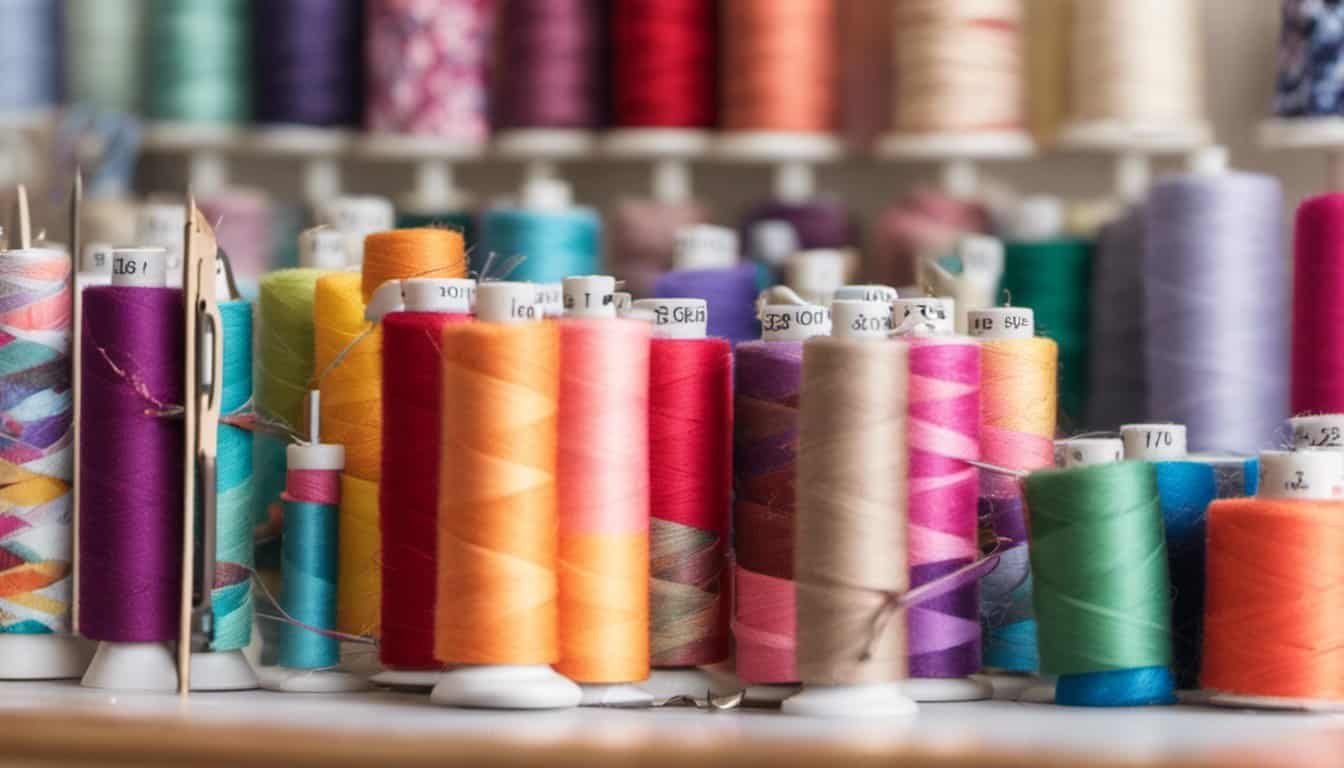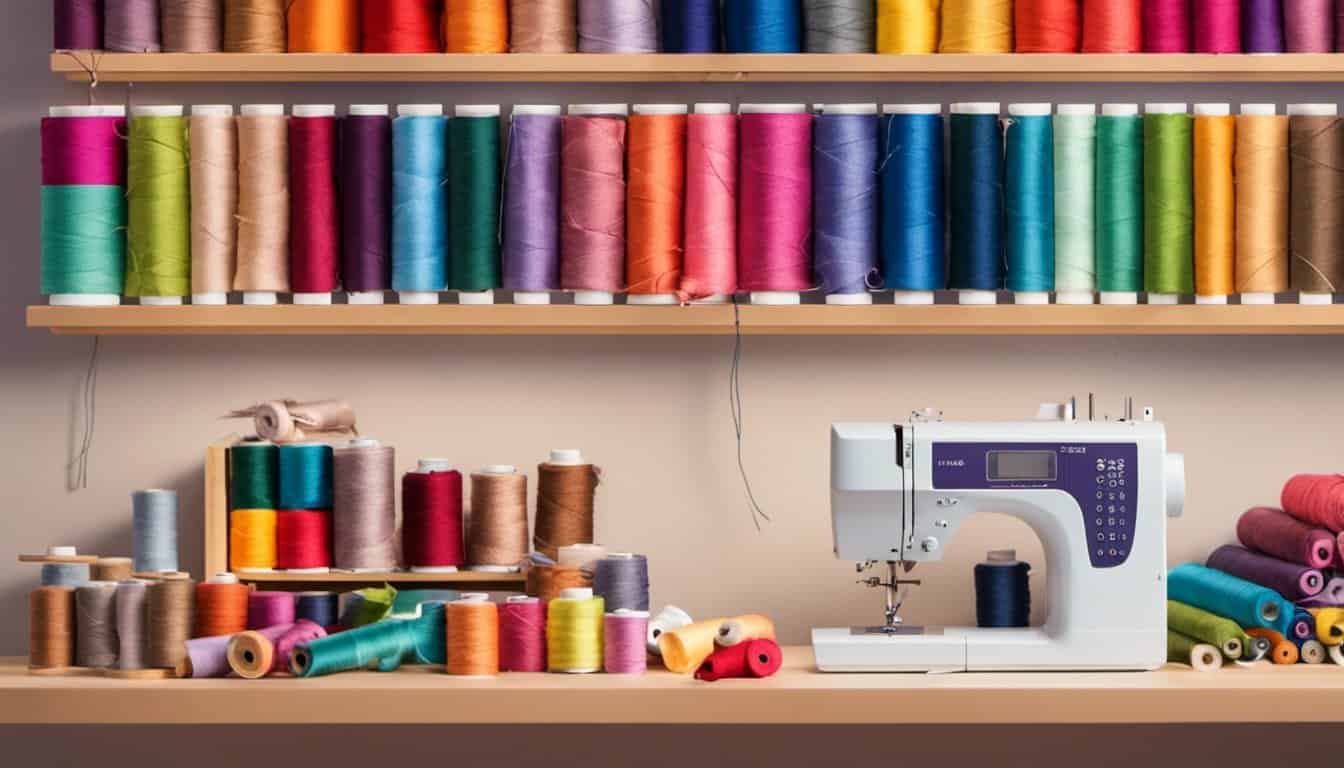Have you ever had your favorite shirt catch a snag, leaving a torn seam that seems impossible to fix? It can be frustrating, but don’t worry—repairing a torn seam by hand is easier than you might think.
With just a needle and thread, you can restore your garment to its former glory. Whether it’s a minor tear or a more significant rift, this step-by-step guide will walk you through the process, saving you time and money.
Understanding Torn Seams
Torn seams weaken your garment’s structure, compromising its durability and appearance. Seams tear due to various factors, including excessive strain, poor stitching, or fabric wear. Common causes include:
- Overstretching: Applying too much force on flexible fabrics like knits can cause seams to split.
- Poor Quality Thread: Using low-strength thread increases the likelihood of seam failure.
- Inadequate Stitching: Insufficient or uneven stitches fail to hold the fabric securely.
- Wear and Tear: Frequent washing and wearing degrade fabric integrity over time.
Different types of seams respond uniquely to stress and repair methods:
- Plain Seams: Basic construction suitable for most garments, easily repaired with reinforcing stitches.
- French Seams: Enclosed seams offering a clean finish, requiring careful stitching to maintain their integrity.
- Flat-Felled Seams: Durable and flat, often found in jeans and workwear, needing precise sewing to prevent tearing.
- Blind Seams: Concealed on the garment’s exterior, necessitating meticulous handling during repairs to keep them invisible.
Recognizing the type of seam and its specific vulnerabilities helps determine the best repair approach. Proper identification ensures effective restoration and prolongs your garment’s lifespan.
Tools And Materials Needed
To repair a torn seam by hand, gather the following tools and materials:
- Hand Sewing Needle: Choose a needle appropriate for your fabric type, such as a universal needle for most textiles or a denim needle for thicker materials.
- Thread: Select a thread that matches the color and weight of your garment. Polyester or cotton threads are durable options.
- Scissors: Use sharp scissors to make precise cuts and trim excess threads.
- Thimble: Protect your fingers while pushing the needle through tough fabrics with a comfortable thimble.
- Pins or Clips: Secure the fabric pieces together, ensuring the torn seam stays aligned during stitching.
- Seam Ripper: Remove any frayed threads or damaged fabric edges before repairing the seam.
- Marking Tool: Use tailor’s chalk or fabric markers to outline the area that needs repair accurately.
- Iron and Ironing Board: Press the seam after stitching to create a smooth, professional finish.
Having these tools and materials ready makes the seam repair process efficient and straightforward. Ensure each item is on hand before starting to avoid interruptions and achieve the best results.
Step-By-Step Repair Process
Repairing a torn seam by hand involves three main steps: preparing the fabric, sewing techniques, and finishing touches.
Preparing The Fabric
- Clean the Area: Remove loose threads with a seam ripper or small scissors.
- Align Edges: Lay the garment on a flat surface, matching the torn seam edges precisely.
- Secure Fabric: Use 4-6 pins or fabric clips along the tear to hold the edges in place.
Sewing Techniques
- Choose the Right Thread: Select polyester or cotton thread that matches your garment color.
- Thread the Needle: Use a 75mm hand sewing needle, knotting the thread securely at the end.
- Begin Stitching: Start with a backstitch, inserting the needle from the underside for added strength.
- Maintain Even Stitches: Space stitches approximately 3mm apart to ensure consistency and durability.
- Continue Seam: Sew along the entire length of the torn seam, keeping the fabric aligned.
- Secure the End: Knot the thread on the underside to prevent unraveling.
Finishing Touches
- Trim Excess Thread: Cut any remaining thread close to the knot using sharp scissors.
- Press the Seam: Use a warm iron to press the repaired area, smoothing it to match the rest of the garment.
- Inspect the Repair: Check the seam for any gaps or loose stitches, making adjustments if necessary.
Common Mistakes To Avoid
- Using the Wrong Thread Type or Color
Choose a thread that matches your fabric and seam. Incorrect threads can weaken the repair and make it visible.
- Not Securing Thread Ends Properly
Failing to knot or backstitch at the start and end can cause stitches to unravel, compromising the seam’s strength.
- Sewing Too Tightly or Too Loosely
Maintain consistent tension. Overly tight stitches can pucker the fabric, while loose stitches may reduce durability.
- Ignoring the Seam Type
Different seams require specific techniques. Misapplying methods can lead to ineffective repairs and visible flaws.
- Skipping Fabric Preparation
Ensure edges are clean and aligned before sewing. Unprepared fabric can result in uneven seams and further damage.
- Using Inadequate Stitching Techniques
Opt for strong stitches like backstitches. Simple running stitches may not provide the necessary strength for the seam.

- Failing to Trim Excess Thread
Leaving long threads can catch on objects and cause new tears. Trim threads neatly after completing the repair.
- Overlooking the Pressing Step
Press the repaired seam with an iron to set stitches and ensure a professional finish. Skipping this step can leave the seam looking uneven.
Tips For A Durable Repair
- Choose High-Quality Thread
Select polyester or cotton thread for strength and flexibility. Avoid using polyester on stretchy fabrics or cotton on heavy materials to prevent future seam failures.
- Match Thread Color Precisely
Use thread that closely matches your garment’s color. Accurate color matching ensures the repair remains invisible and maintains the fabric’s appearance.
- Reinforce with Backstitching
Implement multiple rows of backstitches at the beginning and end of the seam. This technique secures the stitches, reducing the likelihood of the seam unraveling.
- Maintain Consistent Tension
« Don’t Start Sewing Without This: How to Choose the Best Measuring Tape
Where to Download Free Sewing PDFs: Top 10 Sites You Need to Visit Today »
Keep even tension while sewing to create uniform stitches. Inconsistent tension can weaken the seam and cause it to break under stress.
- Trim Excess Thread Carefully
Cut threads close to the fabric without leaving bulky ends. Proper trimming prevents snagging and ensures a neat, professional finish.
- Press the Seam After Sewing
Use an iron to press the seam flat once completed. Pressing strengthens the repair and enhances the garment’s overall appearance.
- Use Appropriate Needle Size
Select a needle that matches the fabric thickness. A needle too large can create holes, while one too small may not penetrate the fabric effectively.
- Secure Thread Ends Properly
Knot the thread at the end of your stitching to prevent unraveling. Properly secured ends ensure the seam remains intact during wear and washing.

- Monitor Stitch Spacing
Keep stitch spacing uniform, ideally between 2-3 millimeters apart. Consistent spacing distributes stress evenly across the seam, enhancing durability.
- Inspect the Repair Regularly
Check the repaired seam periodically for any signs of wear or loosening. Early detection allows for timely reinforcement, prolonging the garment’s lifespan.
Conclusion
Fixing a torn seam by hand is simpler than you might think. With just a needle and thread you can bring your favorite garments back to life. Taking the time to make these repairs not only saves you money but also helps you develop valuable sewing skills. Remember to choose the right thread and take it step by step. Soon you’ll feel confident handling any seam tear that comes your way. Happy sewing!

















